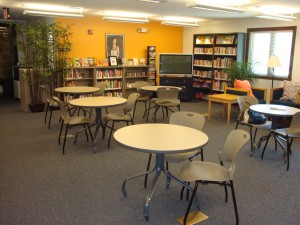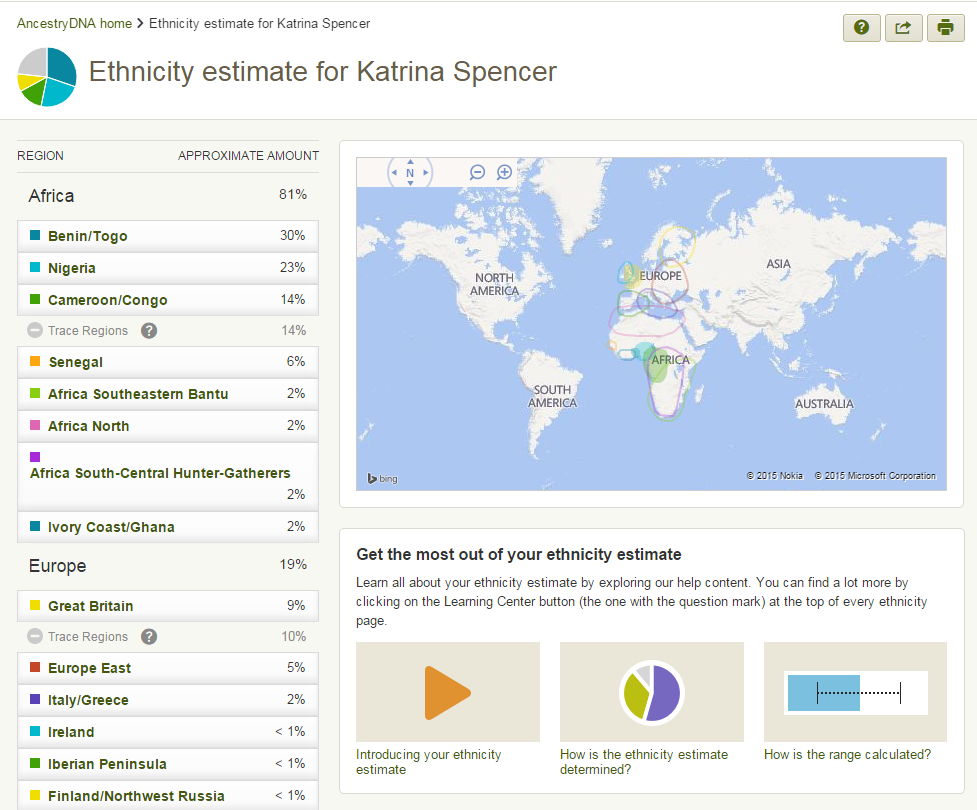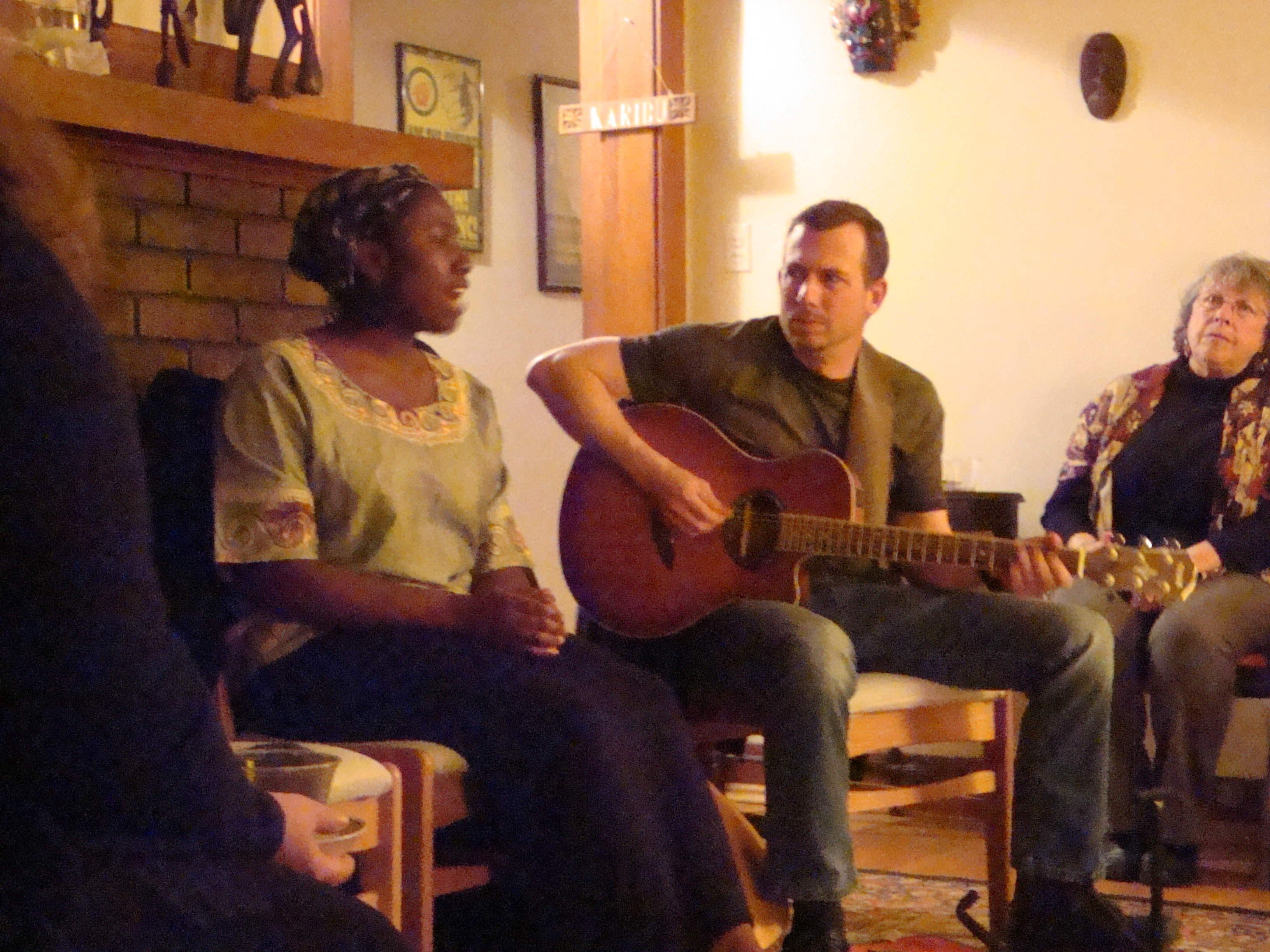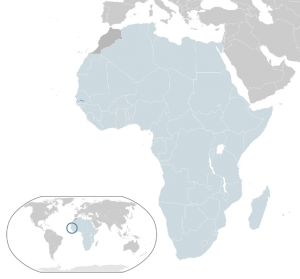
A poster advertising a film adaptation of Marguerite Abouet’s Aya series. Photo Credit: LaCinemateca Sevilla
You’ve probably heard of Bruce Wayne and Gotham City. And you may know of Clark Kent’s high-flying alter ego in Metropolis. Then there’s Charles Xavier and his School for Gifted Youngsters. Three for three? Okay.
How about Aya from the Ivory Coast?
The Persepolis Series of Iran?
Or Kampung Boy in Malaysia?

Kampung Boy by Lat tells of a child growing up as a Muslim in a fishing village in Malaysia. Photo Credit: First Second Books
These are the types of items the International and Area Studies (IAS) Library would like to make you aware of. The last three works share narratives that are personal, dramatic and engaging and that are all presented in graphic novel or comic form. While Scott McCloud’s Understanding Comics might be the best print publication to instruct you on what vocabulary to use when it comes to this artistic medium, IAS can give you a strong introduction to international comic renderings this September.
Starting today, “Explore International Comics,” a month-long exhibit to be held in the North-South Corridor on the first floor of the Main Library, opens to the public. Many of your librarians and their graduate student workers have collaborated, gathering works to populate the six glass cases on the ground floor with works that reflect comics as an international and cross-cultural phenomenon and production. Together the comics chosen address a variety of interdisciplinary and academic themes including gender studies, language learning, religion & mythology, politics, and ethnicity & identity.

International detective Tintin and his dog, Milou, are off on a new adventure. This work, by Hergé, was originally published in French and started its road to fame in 1929. Photo Credit: normandy14
The inclusion of the Belgian classic work Tintin by cartoonist Hergé was an instinctive choice given its nearly 100 years of history. Its narratives follow the brave adventures of a young, border-hopping detective and his dog, Milou. More modern titles, however, are not to be overlooked. Alison Bechdel’s Fun Home from 2006, an autobiographical work whose musical adaptation just won a Tony Award on Broadway and whose text addresses themes of LGBT identity will be featured, too, among many others.

Alison Bechdel’s autobiographical graphic novel Fun Home. Bechdel’s publications consistently engage LGBT issues and have garnered her a MacArthur Genius Grant. Photo Credit: carmen_seaby
The piece pictured directly below features an endearing, anthropomorphized antihero, Condorito (Chile), who is part condor and part man. Another, Daytripper (Brazil), imaginatively contemplates mortality and what gives our lives meaning. Pyonyang: A Journey through North Korea (Canada) undermines a standing government and Pedro and Me (U.S. and Cuba) addresses stigma related to HIV/AIDS. The topics, clearly, are as diverse as the ones we encounter in our lives.

Condorito is a hybrid between a condor and man. His stories represent a comic tradition from Chile and have been popular throughout Latin America since 1949. Photo Credit: Gustavo Vargas
To help contextualize the richness of these works in terms of both content and form, on September 30th, our IAS Library (Main Library Room 321) will host the first Chai Wai event of the season, “Around the World in 2D: Comics, Graphic Novels and Cartoons” from 3:00 p.m. – 4:30 p.m. You can join the Facebook event here. South Asian Librarian Mara Thacker, who has been a major force in organizing both the exhibit and its accompanying event, hopes that library users will access works like these for leisure reading, teaching, and/or research. She also shares that the library is happy to give guest lectures on the comics or to introduce its works to individual classes.

The Asian American Cultural Center has more than 1,000 items for your use cataloged on Library Thing including graphic novels and other books, DVDs and music cds.
While the Undergraduate Library (UGL) has multiple stacks and shelves dedicated strictly to comics and graphic novels, library users should know that there are many places on campus to access titles like these. Among them are the Literatures and Languages Library (LLL), the Main Stacks, the Rare Book and Manuscript Library (RBML), the Social Science, Health and Education Library (SSHEL), all within the Main Library. The Center for Children’s Books (CCB) which receives multiple new titles every year is found on campus in the basement of the Graduate School of Library and Information Science (GSLIS) near Daniel and Sixth Streets. The Asian American Cultural Center (AACC), which has a shelf dedicated to comics, is located on Nevada Street and its holdings are cataloged on Library Thing.
Do check the hours for these libraries before arriving, as their schedules differ. Also, take note that while the CCB has numerous items, the works housed there do not circulate but can be used for reference in-house. Lastly, if there is a title that you are interested in having the library purchase, you can use the patron-driven purchase form and make a request for a specific work. We look forward to seeing you at the exhibit and at our Chai Wai event. In the meanwhile, we wish you happy comic hunting! Be sure to like our page on Facebook for more news, stories and updates like these.






























